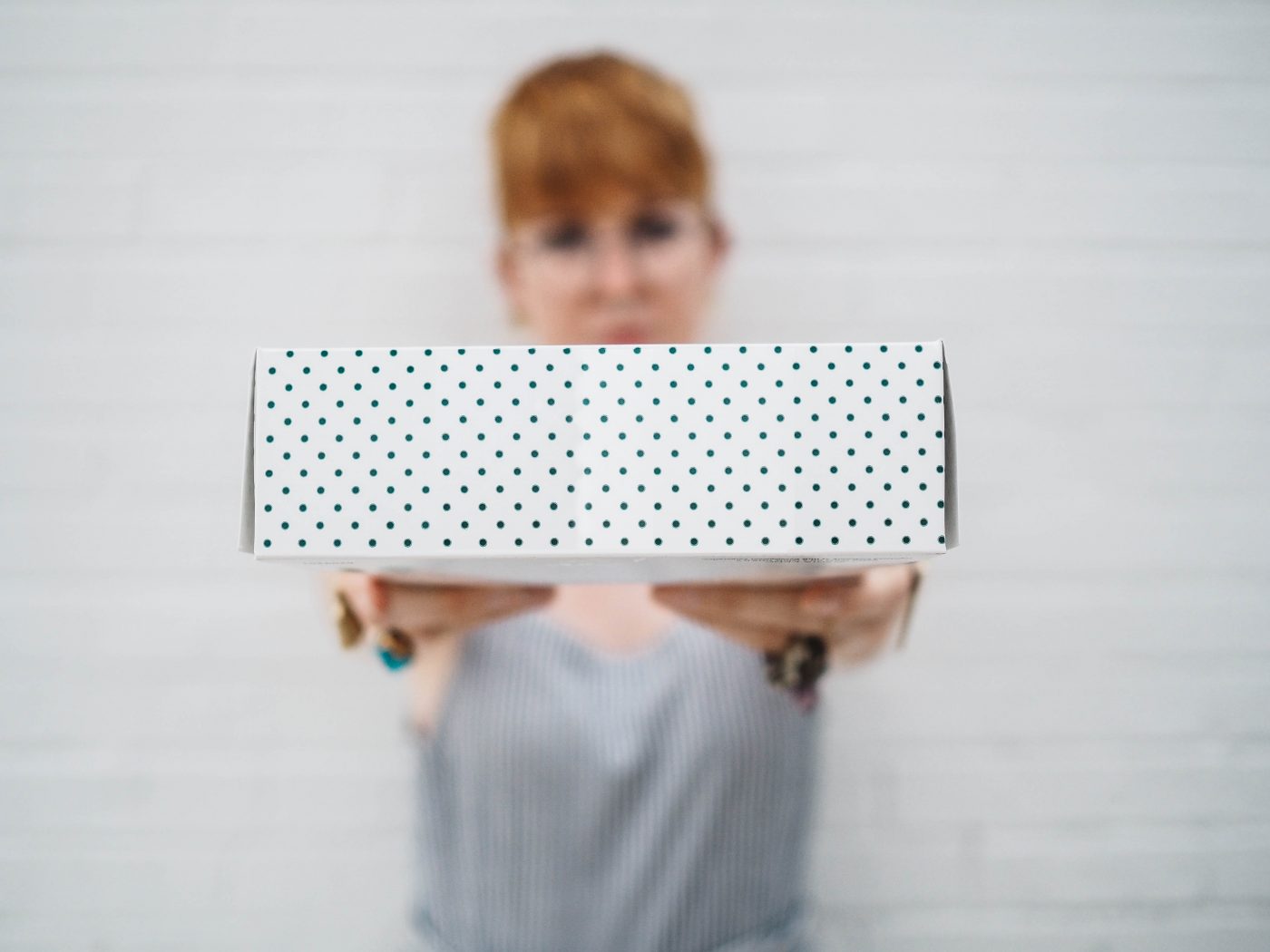Packaging Design Basics | BE educated
You’ve got an amazing new product that you’ve poured all your blood, sweat and tears into perfecting and now you can’t wait to show it off to the world. There’s just one problem. It’s naked!
What your product needs is a stylish, custom box to make it stand out on shelves and grab a customer’s attention. You’ve put a lot of time and energy into your creations and branding, so why waste it on a generic, cookie-cutter design. Custom packaging is more accessible and affordable than you may think. Let us break down these packaging design basics and tackle the important questions. These will save you time, money and a lot of frustration in the long run.
1. Who is my audience?
You probably have a pretty good handle on who your target consumer will be at this point. It’s important to also consider them when you’re making design decisions. For example if you’re looking to capture, a more mature audience you’ll want to take into consideration things like readability in font size.
2. What is my budget?
Packaging design has two types of costs: one-time and per item. The one-time costs are the design and set-up fees such as graphic design and pre-press services, prototype creation, custom dies, etc. Per item costs are once you’ve solidified your packaging concept and you’re ready to print, pack and send it off to stores. This also includes any extra filling, shipping materials and assembly labor.
3. Where will my product be sold?
If you plan to sell your products exclusively in boutique shops, chances are the shelf space will be limited and you’ll want to keep your box footprint as light as possible. Larger retailers may have more shelf space, but you may want to consider the durability of your packaging if it is being handled multiple times before it finally reaching your customer’s hands.
4. What does my competition look like?
It may seem obvious, but the best way to stand out from the competition is to make sure you’re doing things different from the rest. Take a look at similar products at the same price point, plus those just above and just below. Assess them for their creativity, color, type, size, materials, special finishing, etc. Use this knowledge in your packaging design to differentiate your products from theirs.
5. How many SKUs will I need per package type?
Work smarter, not harder, by designing one packaging style that can work for several different products. It helps to select a printing partner that takes a collaborative approach with an eye on cost effectiveness and waste reduction.
6. Do I need to meet any regulatory requirements on my packaging?
This depends on the type of product you’re selling. You may need to reserve space on your box to include specific warning labels, nutritional guidelines, ingredient lists, child proofing, or security features. These can vary greatly between states. California, in particular, is strict with its Prop 65. Overlooking these in your initial packaging design can prove to be a costly error and delay going to market.
7. Is sustainable packaging important to my audience?
In a recent study by Trivium Packaging, 74% of consumers said they would pay more for sustainable packaging, and 25% are willing to pay an additional 10% or more. This is important information to consider when choosing your box substrate.
These questions are a good jumping off point for anyone who is getting ready to take the leap into designing their brand’s packaging project. If you want to partner with some of the best in the industry, look no further than B&B Print Source. We’re happy to help engineer your project from the ground up!

